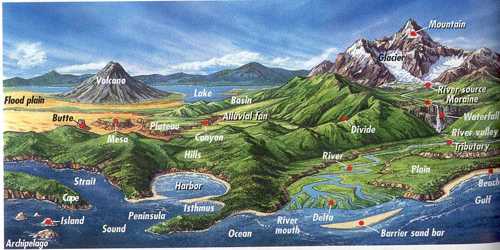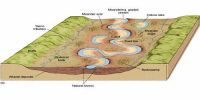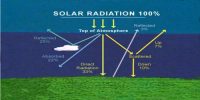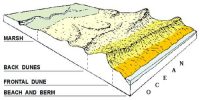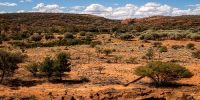Development of Landforms
Landforms are naturally occurring formations or areas of land. Each landform has its own physical shape, size, materials and is a result of the action of certain geomorphic processes and agent(s). Most of the geomorphic processes are imperceptible. Cite a few processes which can be seen and a few which can’t be seen.
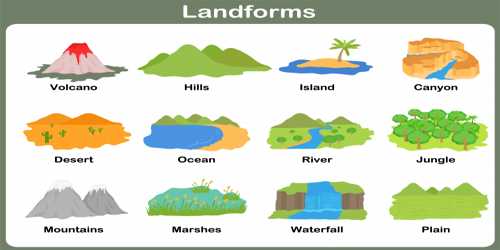
As the geomorphic agents are capable of erosion and deposition, two sets — erosional or destructional and depositional or constructional — of landforms are produced by them. Many varieties of landforms develop by the action of each of the geomorphic agents depending upon especially the type and structure i.e. folds, faults, joints, fractures, hardness and softness, permeability and impermeability, etc. come understructure of rocks. There are some other independent controls like
(i) stability of sea level;
(ii) tectonic stability of landmasses;
(iii) climate, which influences the evolution of landforms.
Any disturbance in any of these three controlling factors can upset the systematic and sequential stages in the development and evolution of landforms.
